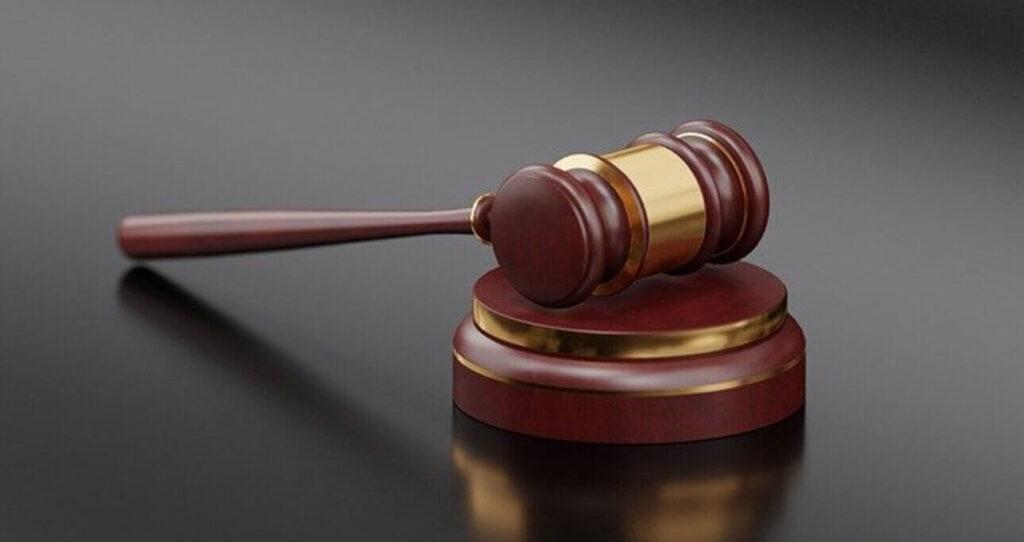INTRODUCTION
In today’s era, the law plays a very significant role in everyone’s life. People made a deal with the government in which they agreed to give up their rights in exchange for safety from wrongdoing. This is referred to as Hobbes’ Social Contract Theory. In this stage of rule of law, the law might be arbitrary and employed incorrectly if there is no justice. We have therefore further embraced Judicial Review in order to maintain a check and balance on the authority of each governmental organ. The ability of a nation’s courts to determine whether the executive, legislative and administrative departments of government are operating in conformity with the constitution is referred to as judicial review. Actions that are inconsistent with the law are regarded as invalid. We have adopted judicial review from the constitution of the United States. Numerous articles, including 13, 32, 131–136, 143, 226, 145, 246, 251, and 254 grant the right to judicial review.
SOME CONSTITUTIONAL PROVISIONS FOR JUDICIAL REVIEW
- Article 13- Declares that legislation that conflicts with or violates fundamental rights are unlawful and unenforceable.
- Article 32- ensures the ability to petition the Supreme Court for the protection of fundamental rights and gives the Apex Court the authority to issue writs, orders, and directives.
- Article 143- Gives the President the ability to consult the Apex Court’s judgement on any legal matter or both pre-constitutional legal and factual difficulties.
- Article 246- Explains the topic matters that Parliament and state legislatures may pass legislation on (i.e., the State List, the Concurrent List, and the Union list).
CASES RELATED TO JUDICIAL REVIEW
Case of Golakh Nath: In I. C. Golaknath & Ors v. State of Punjab & Anr. (1967), three constitutional amendments—the first (1951), fourth (1955), and seventeenth (1967)—were contested (1964). According to the Honourable Supreme Court, Parliament lacks the power to amend the Constitution or limit or revoke basic rights under Article 368.
Case of Keshavananda Bharati: In Keshavananda Bharti v. State of Kerala (1973), the 24th and 25th Constitutional Amendments were contested. A 13-judge panel was assembled to hear the matter, and based on a 7:6 ratio, the Court concluded that:
- The President has the authority to constitutional amendment under Article 368 of the document.
- Ordinary legislation are not the same as constitutional amendments.
- The Parliament cannot change or overturn the Constitution’s fundamental principles.
Case of Minerva Mills: The Apex Court invalidated the 42nd Amendment’s inserted Article 368 sections (4) and (5) in Minerva Mills Ltd. V. Union of India (1980) on the grounds that they undermined the Constitution’s fundamental principles.
Case of Indira Gandhi: In Indira Nehru Gandhi vs. Shri Raj Narain & Anr (1975), the Supreme Court found that the then-Indian Prime Minister had engaged in electoral fraud.
Case of Shankari Prasad: The First Amendment Act of 1951 was contested in Shankari Prasad v. Union of India (1951) on the grounds that the “Right to Property” was constrained. The Apex Court rejected this argument and said that it could not be put into practise since Article 13’s fundamental rights cannot be restricted.
INDIA’S CURRENT JUDICIAL REVIEW SCENARIO
The Central Vista project was not accepted by the Apex Court of India recently because it was deemed to be an exceptional situation that required “heightened” judicial assessment. The court ruled that as long as the constitutional requirements are followed, the government is free to create policies and make mistakes in them. Suo moto proceedings and Public Interest Litigations (PILs) have given the judiciary the authority to intervene in issues pertaining to the welfare of the general public even when the aggrieved party does not object due to the abolition of the locus standi concept.
CONCLUSION
The function of judicial review is one of the Indian Constitution’s most effective systems. There is no doubt that this idea originated in India, and the Indian Constitution expressly supports it. Judicial review safeguards the fundamental rights that the Constitution guarantees and acts as a watch for the law. Additionally, it divides up power between the states and unions and outlines in detail what each government body’s job is to keep the country running. We developed the concept of judicial review in the Minerva Mills v. Union of India case, and it has been integrated into the fundamental rule. Finally, it is true to state that judicial review has developed to protect individual rights, put an end to the abuse of authority, and avoid injustice.
Author’s Name: Riya Singh (Army Law College, Pune)


